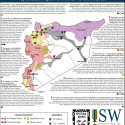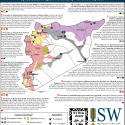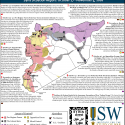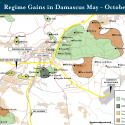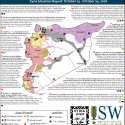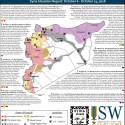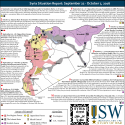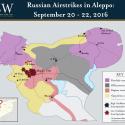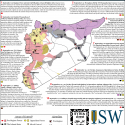The Road to ar-Raqqah: Background on the Syrian Democratic Forces
Nov 22, 2016 - Genevieve CasagrandeThe composition and behavior of the force that recaptures ar-Raqqah City will in part determine the long-term success of the U.S.-led anti-ISIS campaign in Syria. The Syrian Democratic Forces (SDF) is the U.S.’s most effective partner fighting ISIS in Syria, but it has limitations that risk undermining the gains it makes on the ground. The SDF, although dominated by the Syrian Kurdish People’s Protection Units (YPG), is not monolithic.


